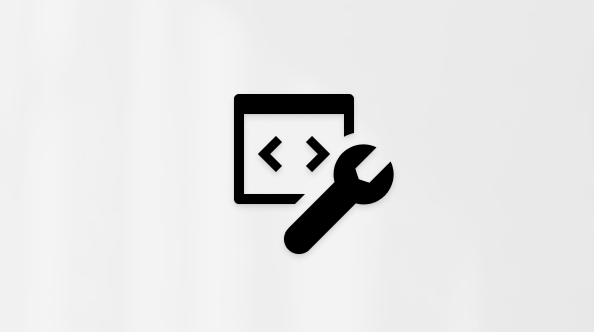March 8, 2022—KB5011495 (OS Build 14393.5006) - EXPIRED
Tanggal Rilis:
08/03/2022
Versi:
OS Build 14393.5006
|
EXPIRATION NOTICE As of 9/12/2023, KB5011495 is no longer available from Windows Update, the Microsoft Update Catalog, or other release channels. We recommend that you update your devices to the latest security quality update. |
11/19/20
For information about Windows update terminology, see the article about the types of Windows updates and the monthly quality update types. For an overview of Windows 10, version 1607, see its update history page.
Highlights
-
Updates security for your Windows operating system.
Improvements
This security update includes quality improvements. Key changes include:
-
Addresses an issue that prevents printing from operating properly for some low integrity process apps.
-
Addresses an issue that causes Windows to go into BitLocker recovery after a servicing update.
-
Addresses an issue that occurs when you try to write a service principal name (SPN) alias (such as www/contoso) and HOST/NAME already exists on another object. If the RIGHT_DS_WRITE_PROPERTY is on the SPN attribute of the colliding object, you receive an “Access Denied” error.
-
Addresses an issue by checking if CSharedLock in the Remote Procedure Call Server Service (RPCSS) was acquired recursively and only sets exclusive_owner to 0 when the recursive count is 0.
-
Addresses a memory leak in the wmipicmp.dll module that causes a lot of false alarms in the System Center Operations Manager (SCOM) datacenter monitoring system.
-
Addresses an issue that causes the DnsServerPsProvider module to leak memory inside a WmiPrvSE.exe process.
-
Addresses an issue that causes a mismatch between a Remote Desktop session’s keyboard and the Remote Desktop Protocol (RDP) client when signing in.
If you installed earlier updates, only the new updates contained in this package will be downloaded and installed on your device.
For more information about security vulnerabilities, please refer to the new Security Update Guide website and the March 2022 Security Updates.
Known issues in this update
|
Symptom |
Workaround |
|---|---|
|
After installing updates released January 11, 2022 or later, apps that use the Microsoft .NET Framework to acquire or set Active Directory Forest Trust Information might have issues. The apps might fail or close or you might receive an error from the app or Windows. You might also receive an access violation (0xc0000005) error. Note for developers Affected apps use the System.DirectoryServices API. |
To resolve this issue manually, apply the out-of-band updates for the version of the .NET Framework used by the app. Note These out-of-band updates are not available from Windows Update and will not install automatically. To get the standalone package, search for the KB number for your version of Windows and .NET Framework in the Microsoft Update Catalog. You can manually import these updates into Windows Server Update Services (WSUS) and Microsoft Endpoint Configuration Manager. For WSUS instructions, see WSUS and the Catalog Site. For Configuration Manger instructions, see Import updates from the Microsoft Update Catalog. For instructions on how to install this update for your operating system, see the KB articles listed below:
|
|
After installing the Windows updates released January 11, 2022 or later Windows versions on an affected version of Windows, recovery discs (CD or DVD) created by using the Backup and Restore (Windows 7) app in Control Panel might be unable to start. Recovery discs that were created by using the Backup and Restore (Windows 7) app on devices which have installed Windows updates released before January 11, 2022 are not affected by this issue and should start as expected. Note No third-party backup or recovery apps are currently known to be affected by this issue |
This issue is addressed in KB5013952. |
How to get this update
KB5011495 is no longer available.










